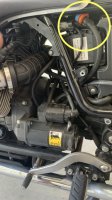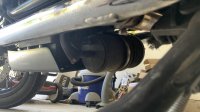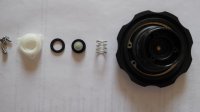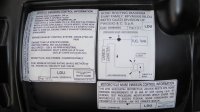dseevv
Just got it firing!
Just purchased the ECU unit, and am currently trying to figure out what all I am removing according to aforementioned information/diagrams (thank you all for what you have already provided). To be clear, I think the cable I need to remove is shoved up underneath the gas tank (circled in yellow), and the UNIT itself is behind the oil pan?






